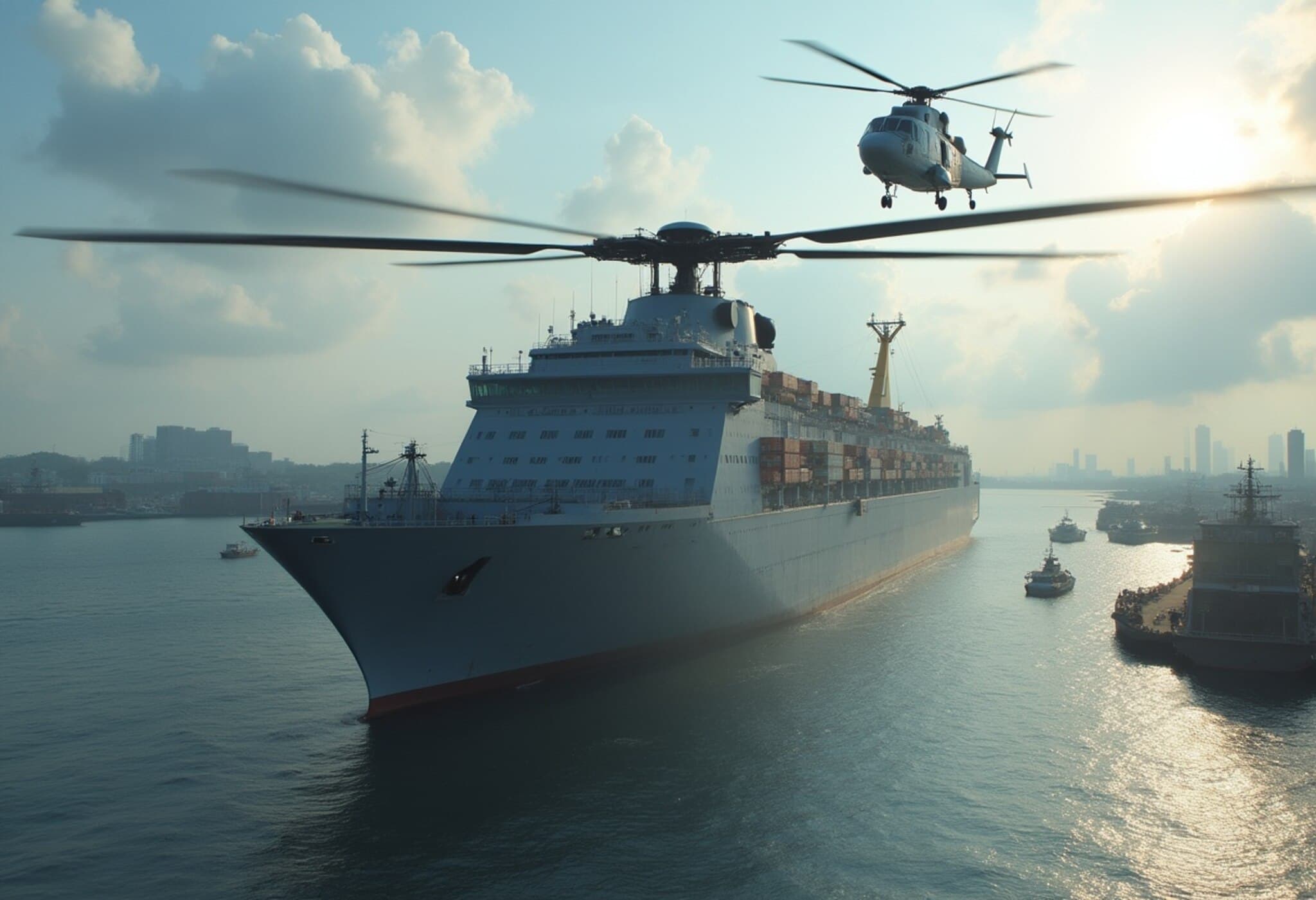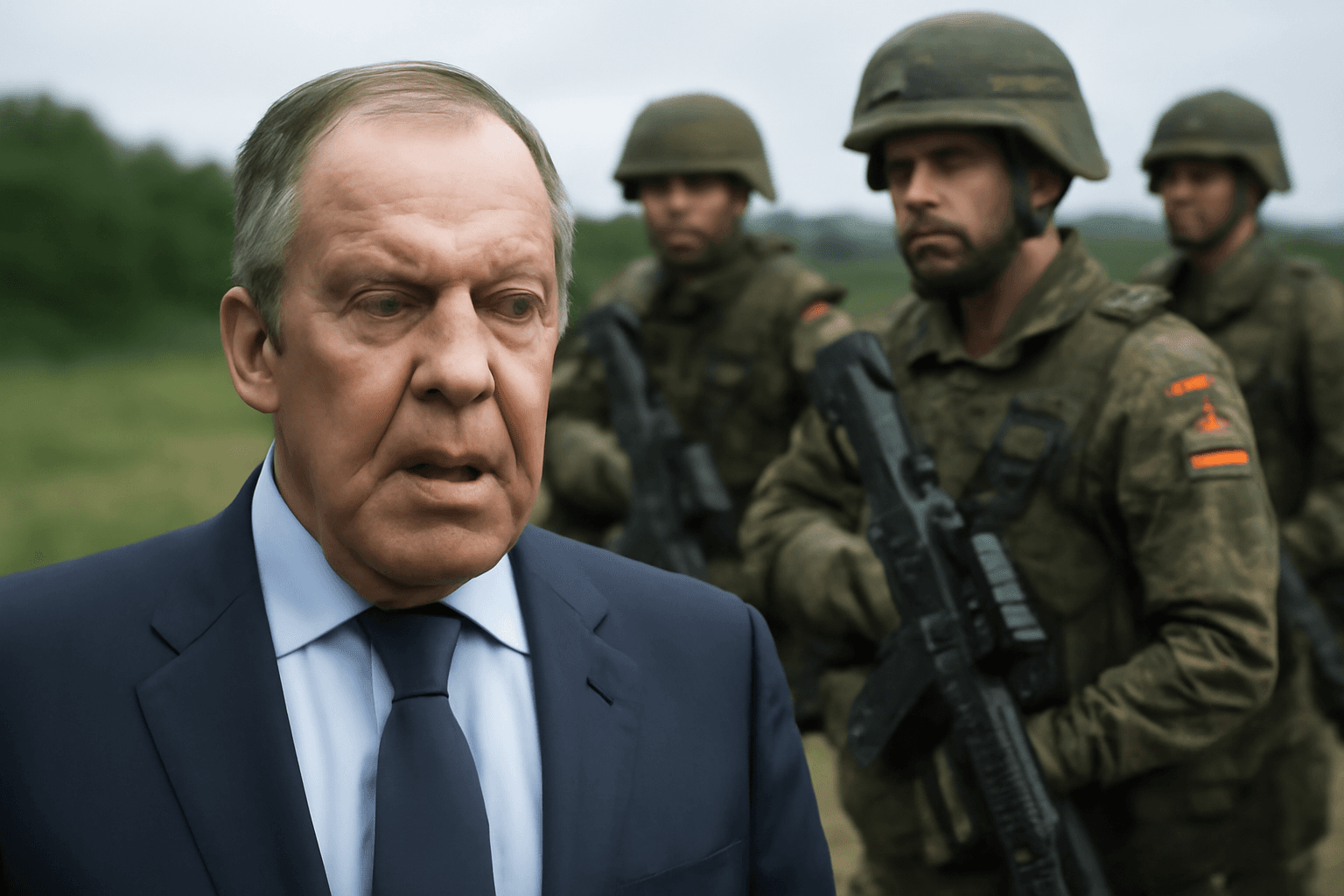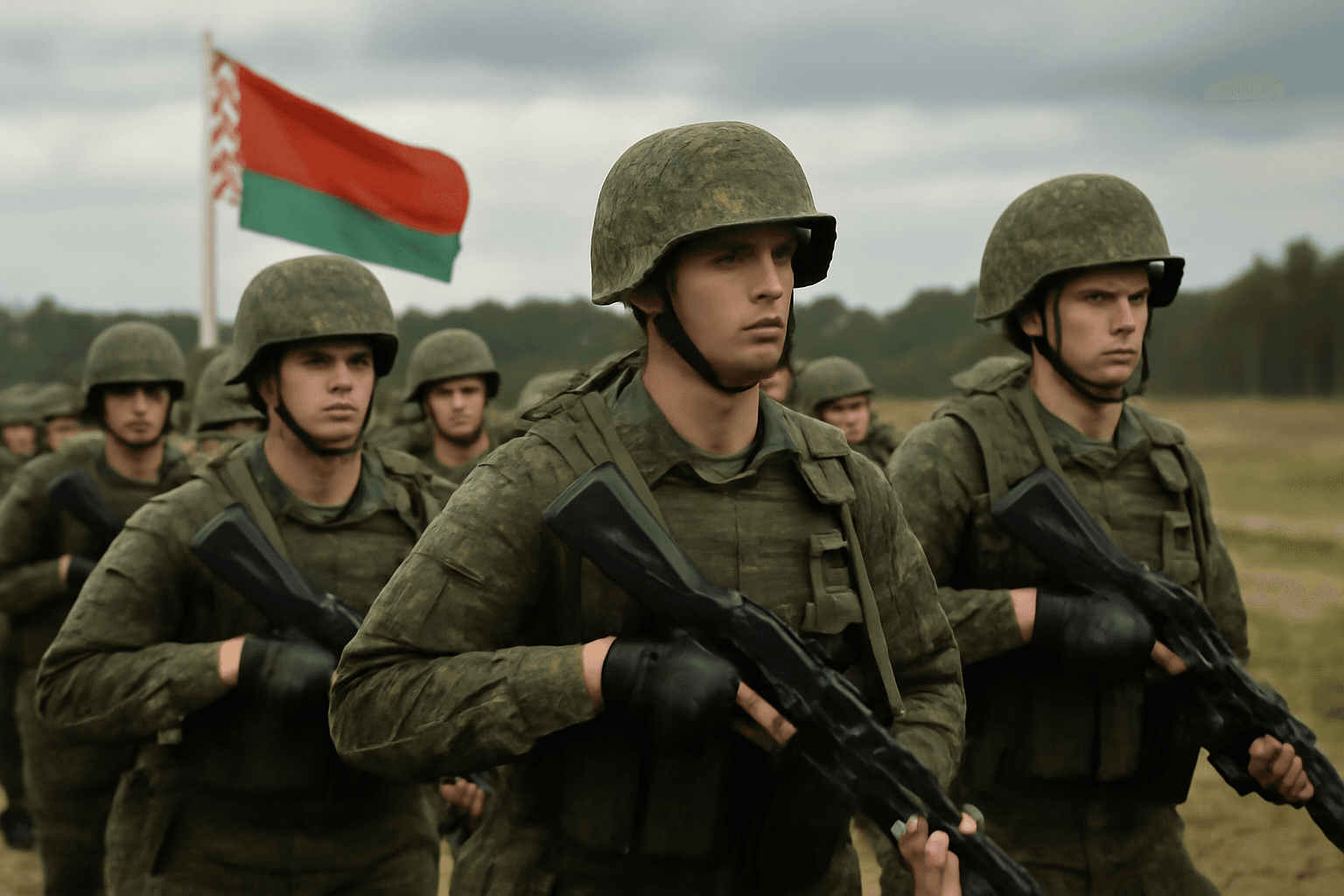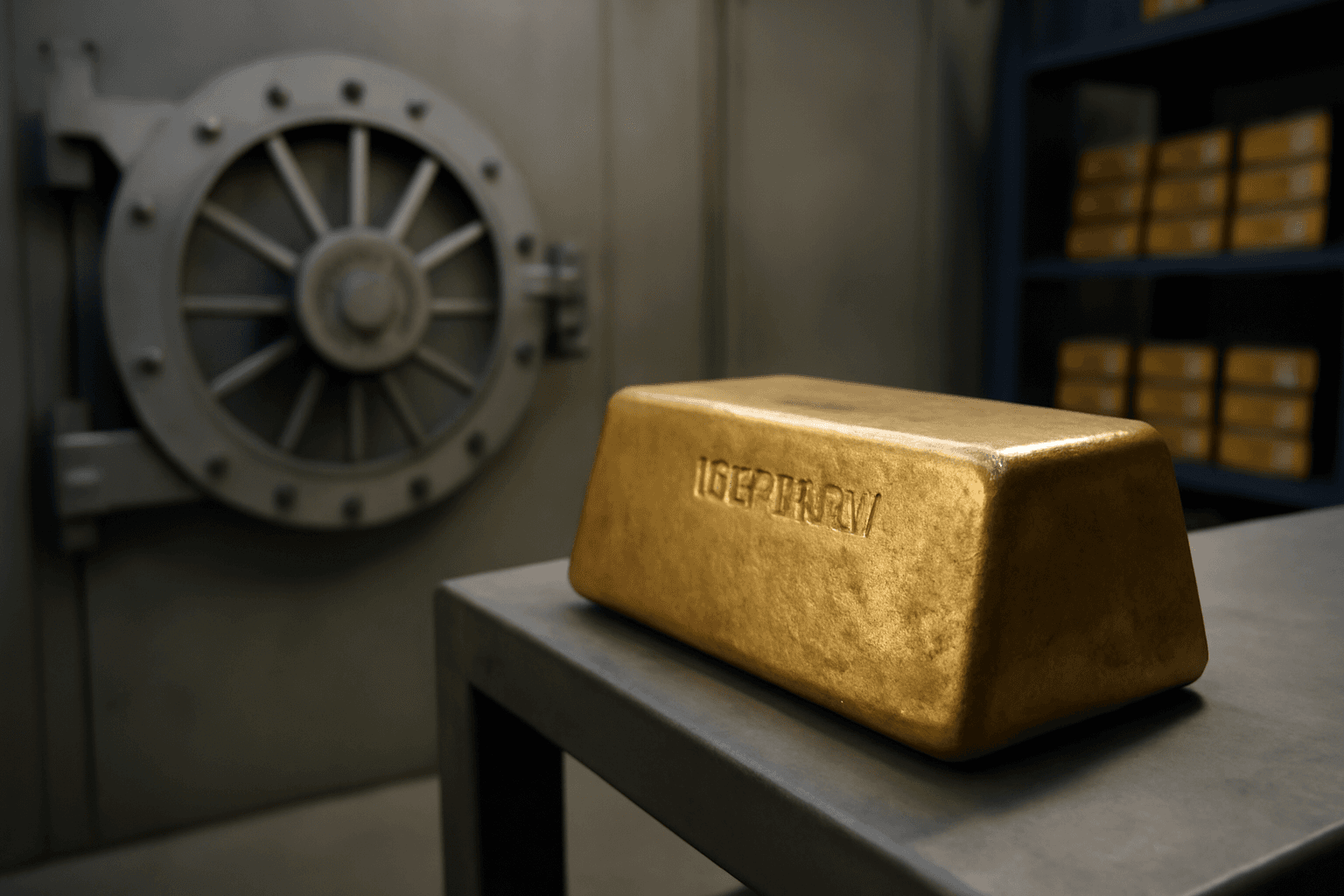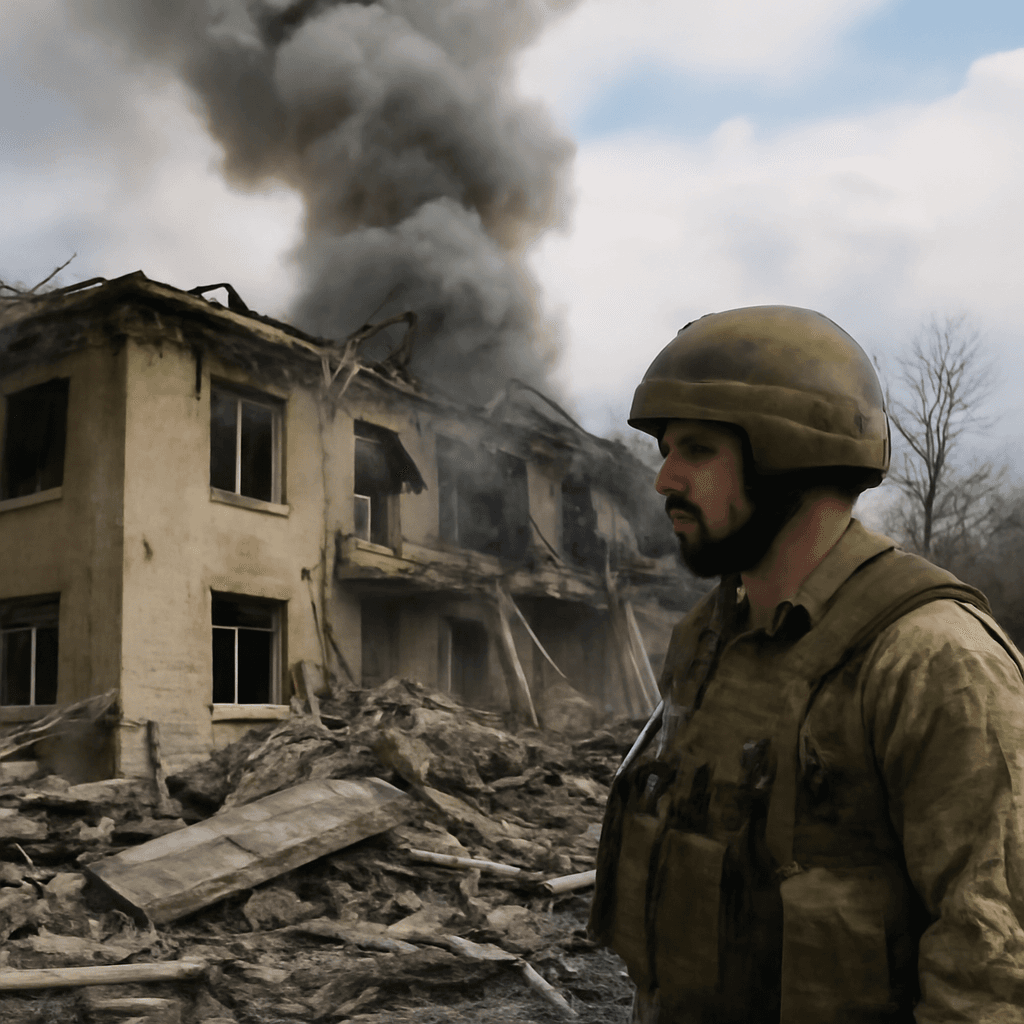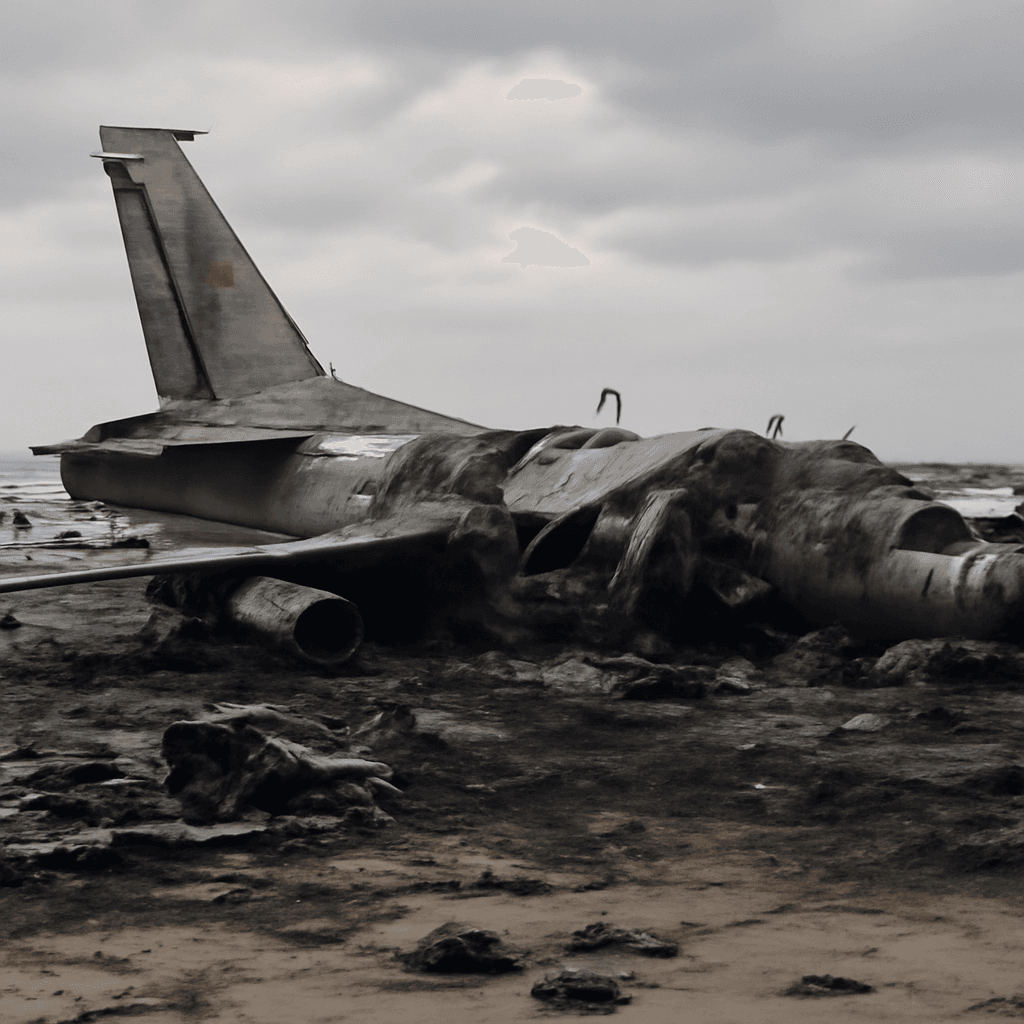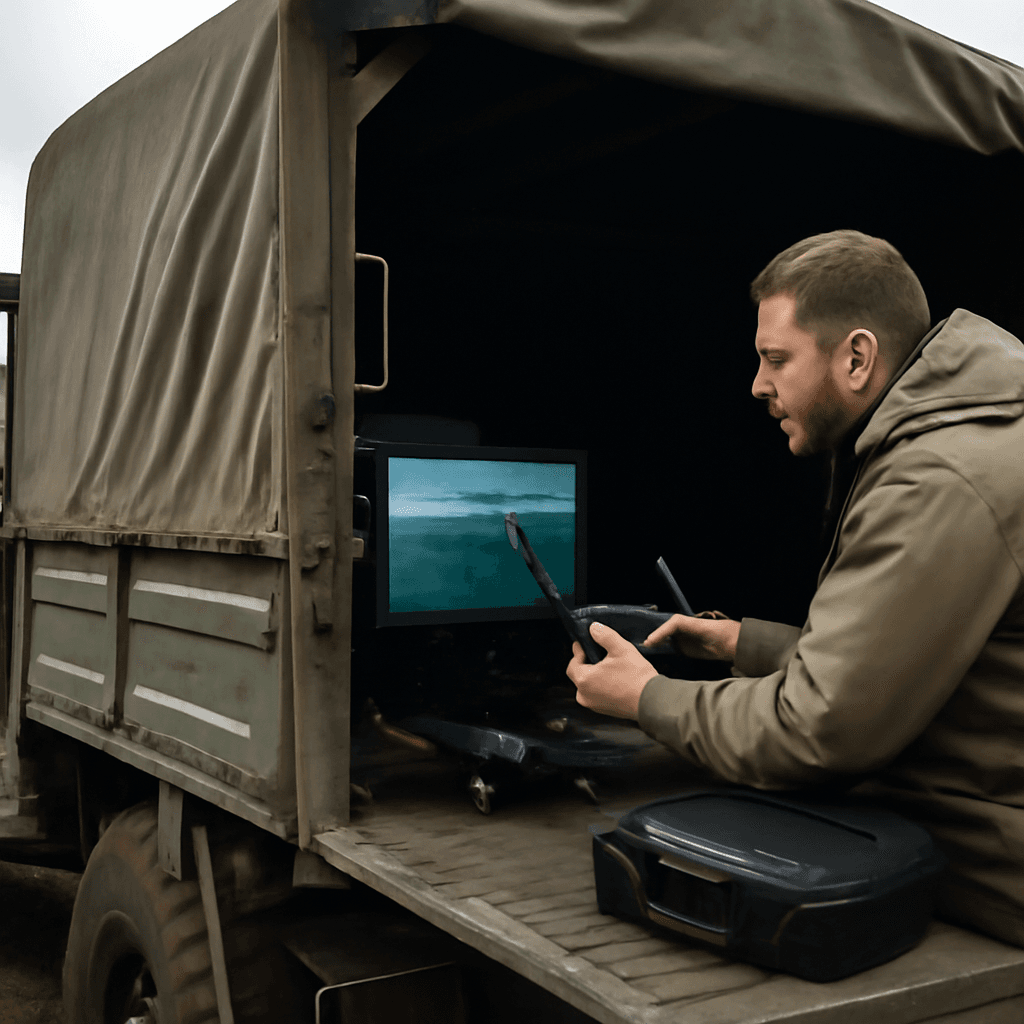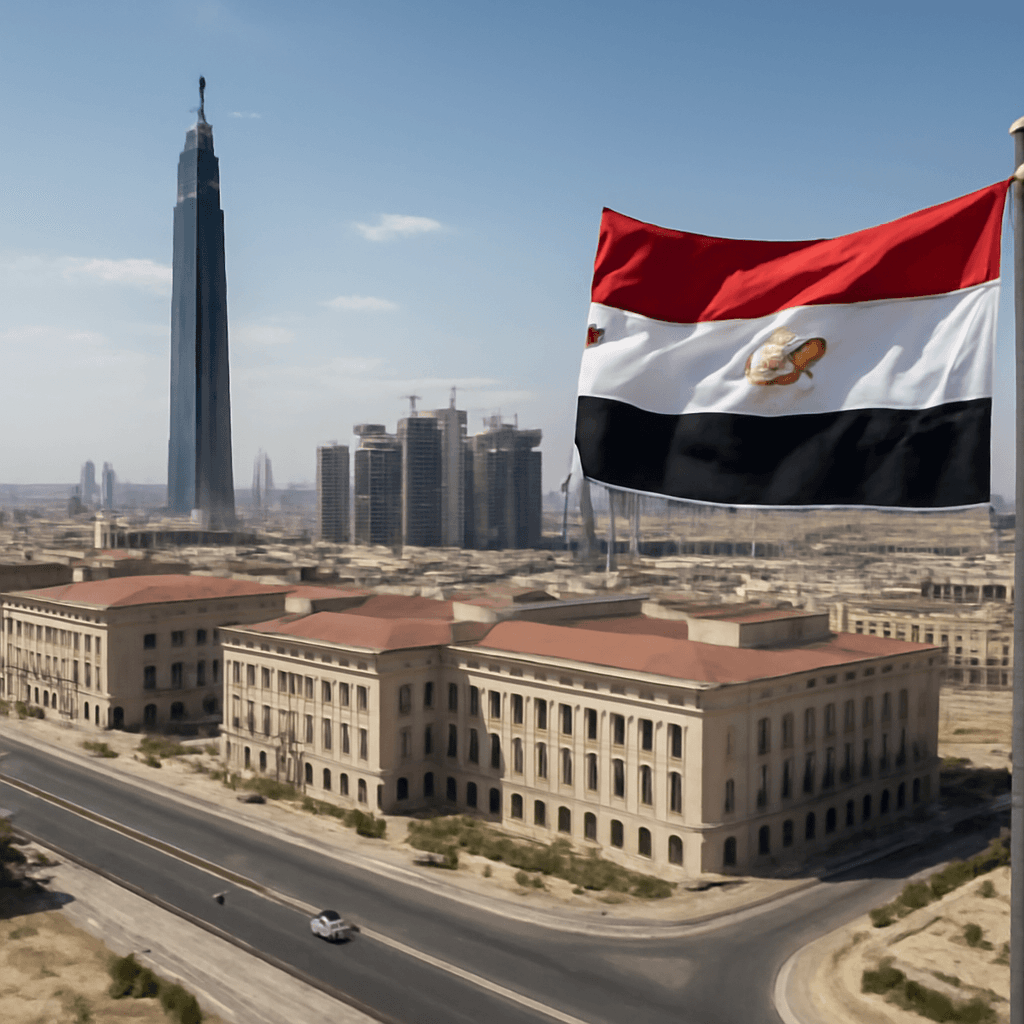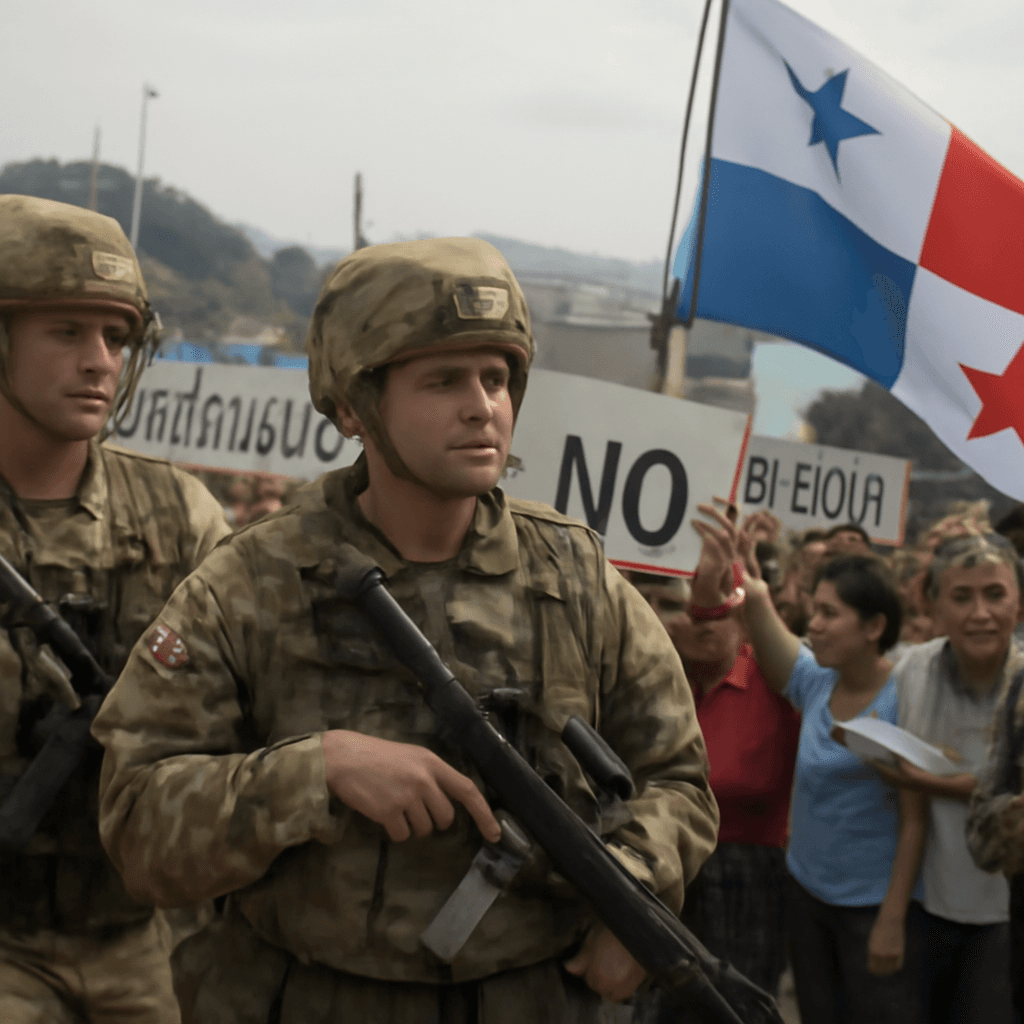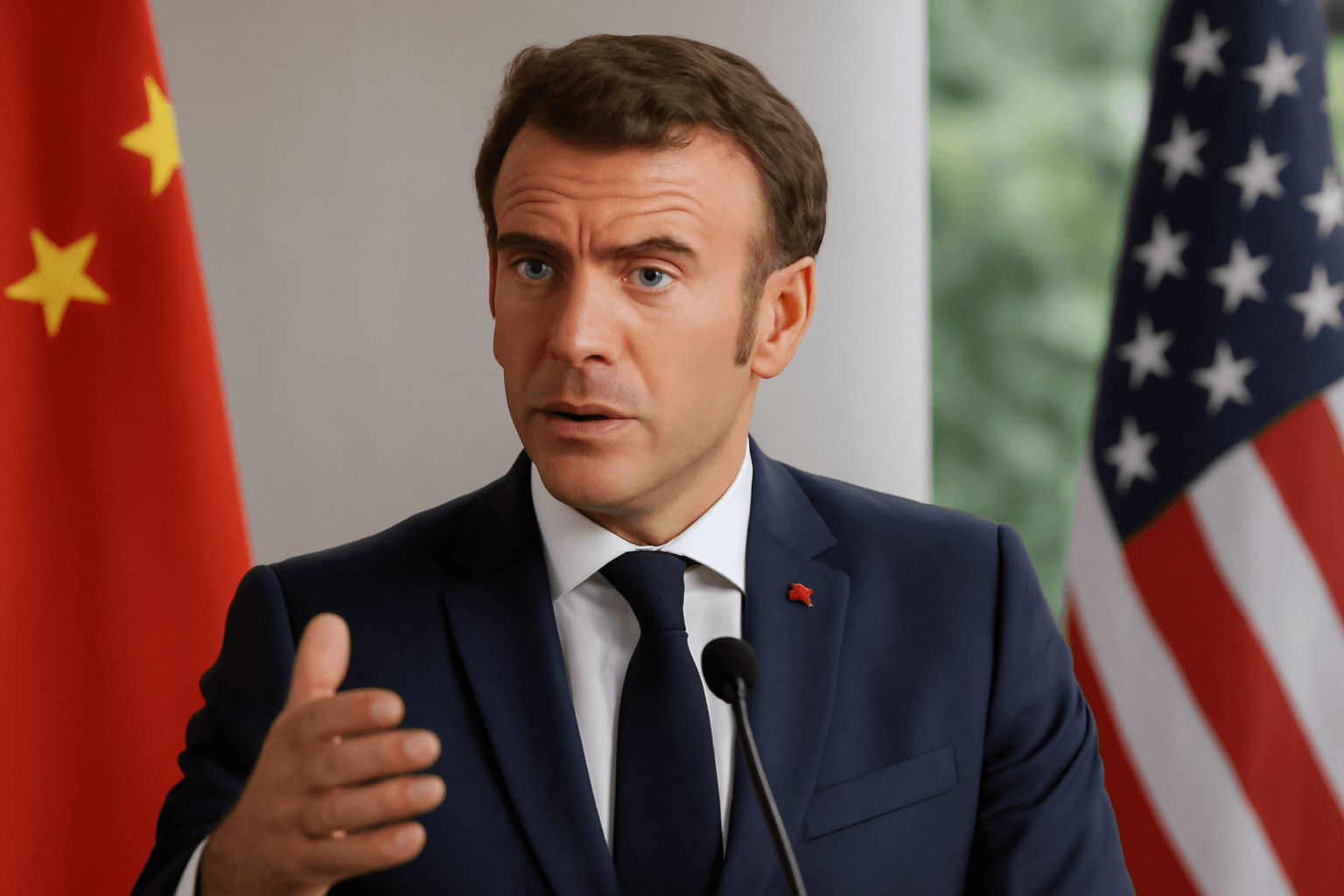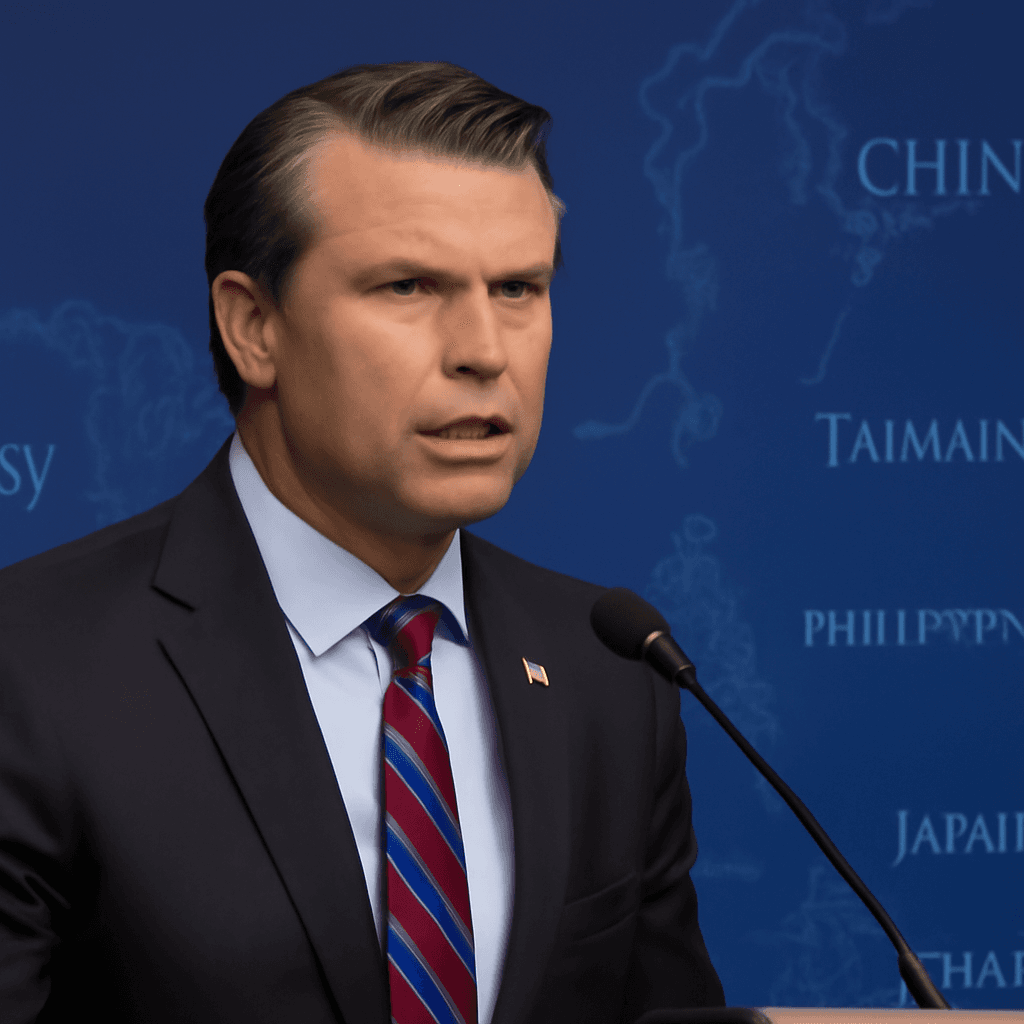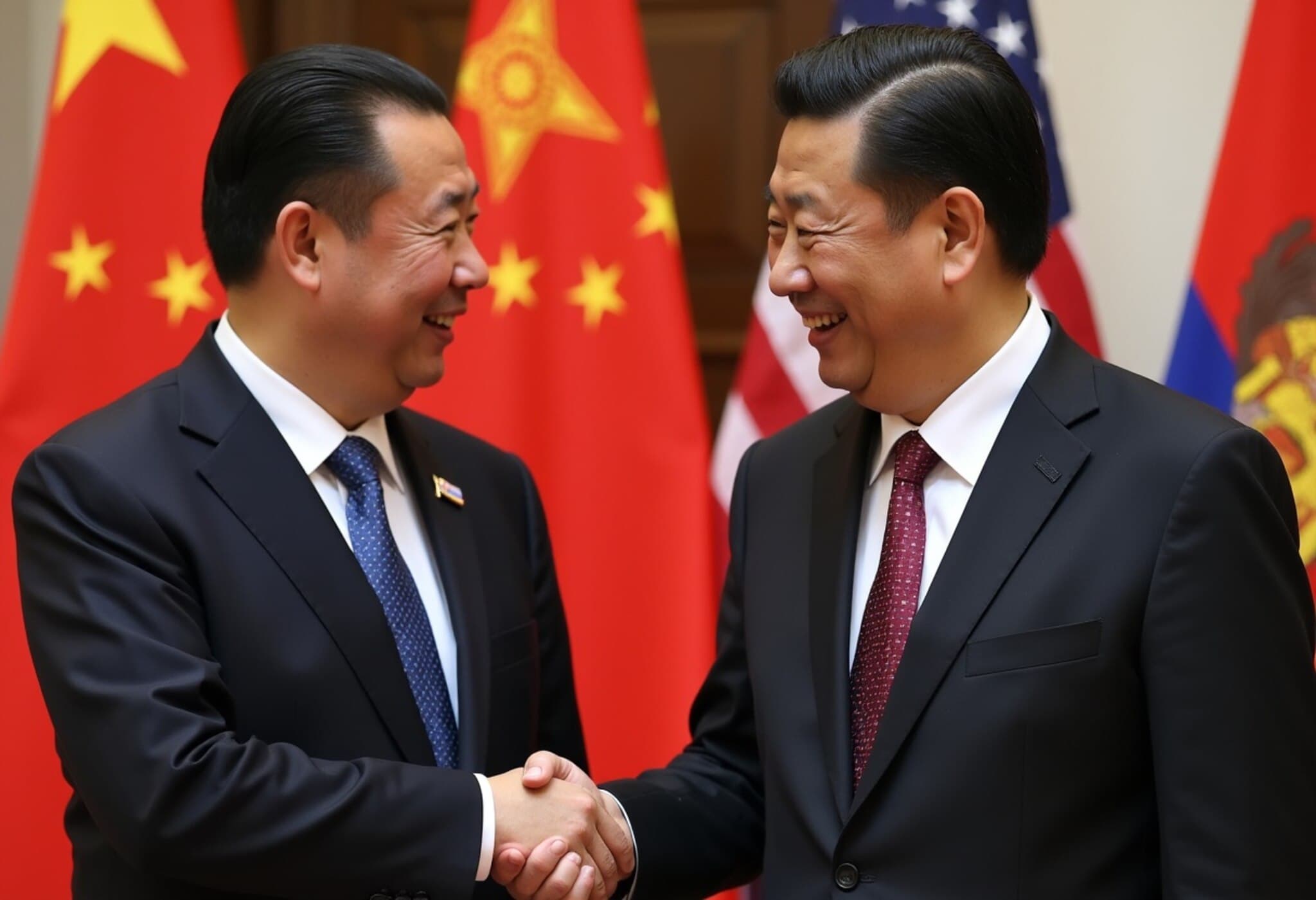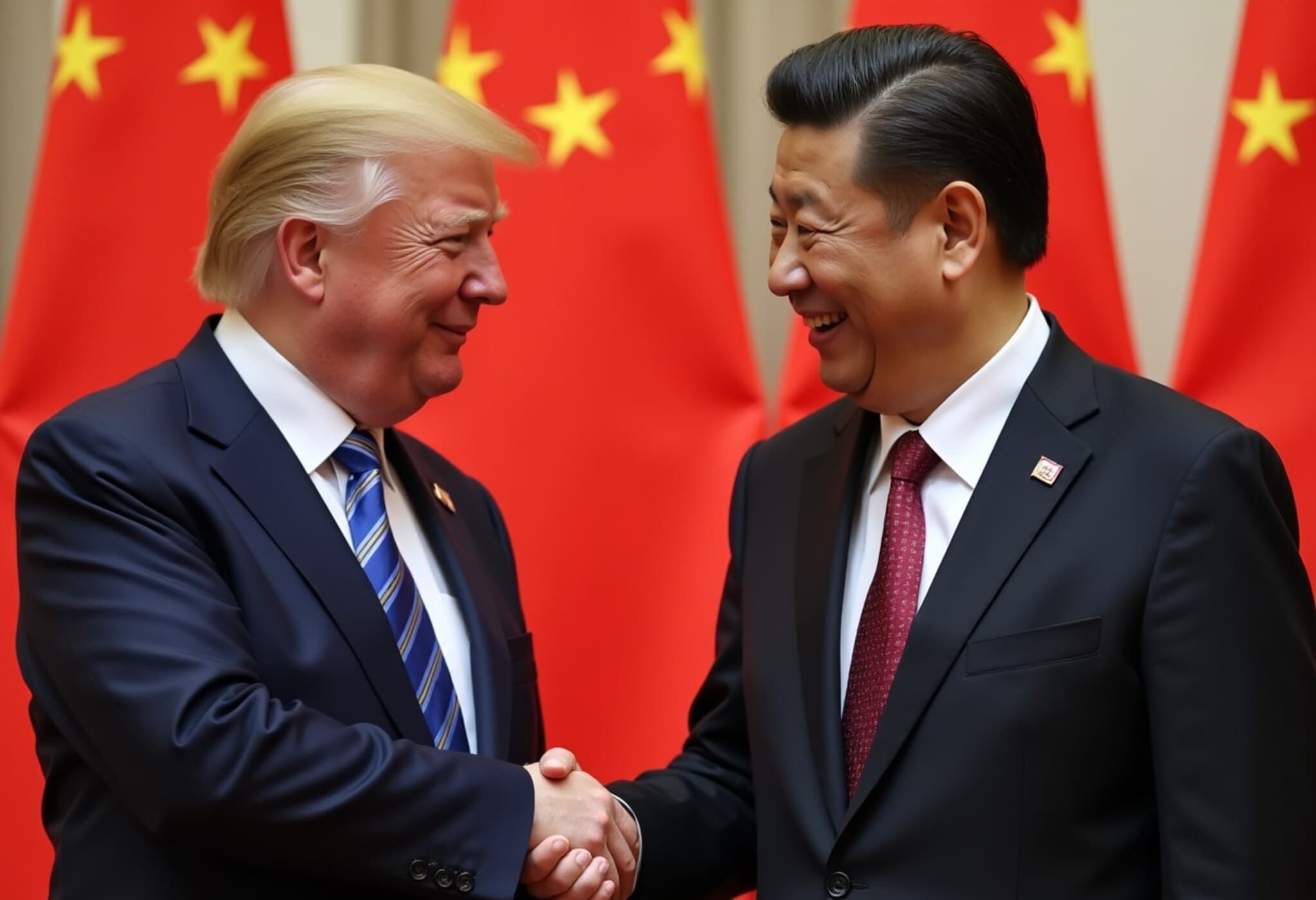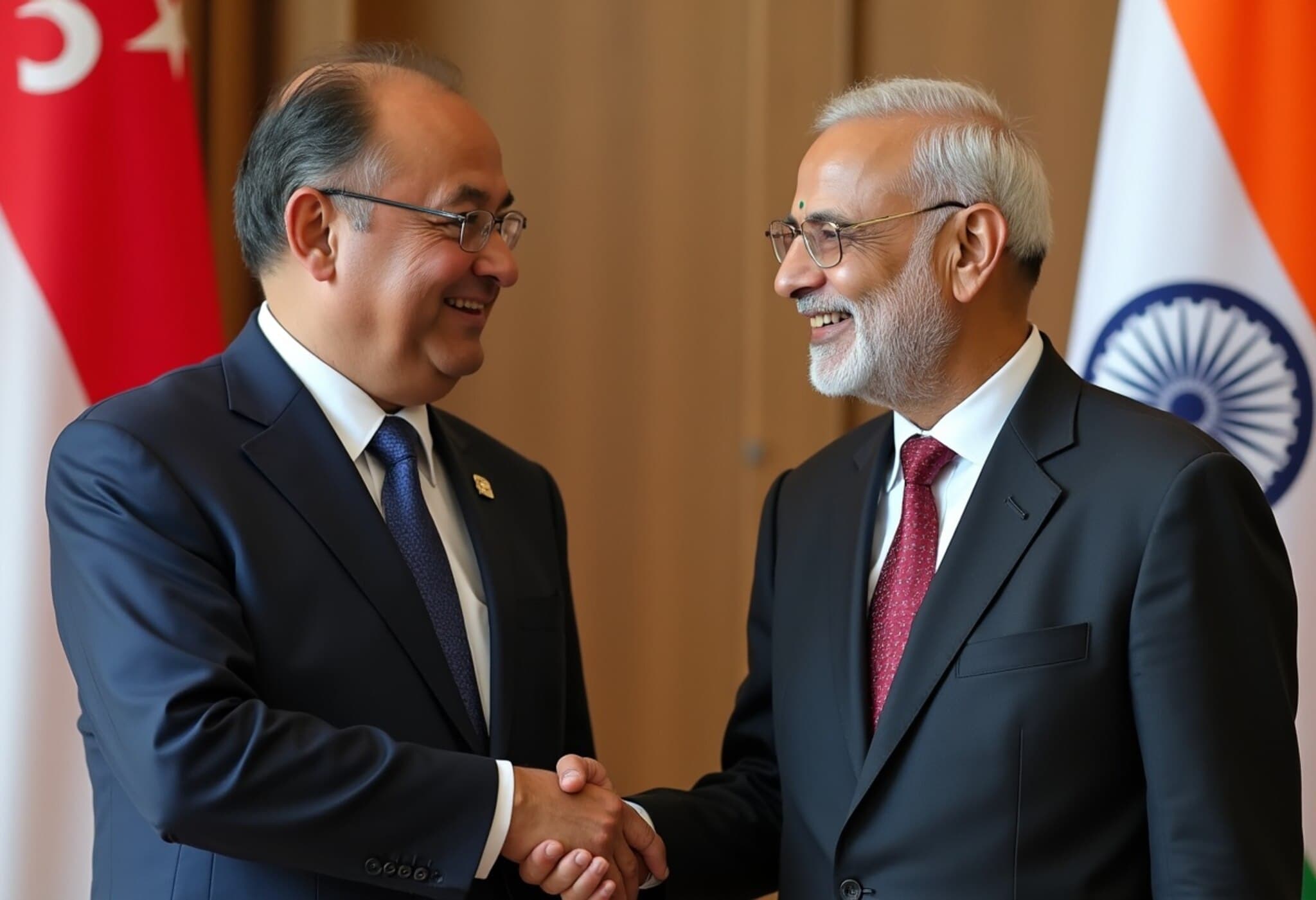US and Panama Launch Military Exercises Amid Growing Concerns Over China’s Role
In a bold demonstration of strategic partnership and regional vigilance, the United States and Panama have embarked on coordinated military drills centered around the Panama Canal, a critical artery for global trade. This collaboration unfolds amid escalating anxieties over alleged Chinese attempts to extend influence over this vital passage, which handles roughly 40% of US container shipments and about 5% of worldwide trade.
Military Presence Revived: The Helicopters Touch Down
Marking the start of the exercises, three US Army helicopters—including two UH-60 Black Hawk and one CH-47 Chinook—landed at the Panama-Pacific Airport, the site of the former Howard Air Base, on Sunday. According to Michael Palacios, subcommissioner of Panama's National Aeronaval Service (SENAN), these drills are designed to sharpen both Panamanian and regional defense capabilities in safeguarding the canal from any emerging threats.
Historical Context and Sensitivities
The US military presence in Panama carries a weighty historical legacy. For much of the 20th century, Washington maintained an enclave of military bases in the country until sovereignty was fully transferred back to Panama on December 31, 1999. Since then, US forces have operated on Panamanian soil only under bilateral agreements that permit limited use of air and naval facilities for training without establishing permanent bases.
Such arrangements, however, have not entirely quelled public concerns or political debates. Recent military drills, including similar exercises just a month ago, have drawn protests within Panama. Many Panamanians remain wary of any renewed US presence, recalling decades of sovereignty struggles and geopolitical tensions.
China’s Shadow Over the Canal
The growing unease about China's intentions around the Panama Canal is at the heart of these military maneuvers. US President Donald Trump has publicly asserted on multiple occasions that China wields outsized influence over the canal, alleging risks to American commercial and military access. In an April statement, he emphasized that the canal’s existence is intrinsically linked to US interests and warned that American ships must traverse the canal freely.
Panamanian President José Raúl Mulino has pushed back against these claims, underscoring that toll fees and management regulations are overseen by the autonomous Panama Canal Authority, a local body committed to maintaining neutrality and operational transparency. This counterpoint highlights the nuanced sovereignty balance Panama strives to maintain amid global power competition.
The Drills and Their Regional Implications
Scheduled to last through Friday, the current exercises reiterate a 23-year tradition of joint readiness drills between US and Panamanian forces. They underscore a shared commitment to protecting the canal, which remains indispensable not only for Panama's economy but for hemispheric and global trade stability.
- Strategic Importance: The canal is a pivotal maritime gateway connecting the Atlantic and Pacific Oceans.
- Economic Stakes: Approximately 14,000 vessels transit annually, carrying billions in cargo.
- Geopolitical Tensions: China's expanding global Belt and Road Initiative raises alarms about influence in Latin America and strategic maritime chokepoints.
From a broader American policy perspective, these drills signal Washington’s intent to counterbalance Beijing’s advances by reinforcing alliances and maintaining operational readiness in key regions. Yet, the approach must carefully navigate Panamanian sensitivities to avoid perceptions of neo-colonialism or infringement upon national sovereignty.
Expert Commentary: Balancing Security and Sovereignty
Dr. Elena Rodriguez, a regional security analyst based in Miami, explains, "While the US military exercises serve a clear defensive purpose, they also reflect broader strategic rivalry playing out in Latin America. Panama finds itself at a crossroads—its leadership wants to safeguard the canal's neutrality while managing pressures from two global powers. Transparency, mutual respect, and adherence to sovereignty will be crucial to maintaining stability in this delicate balance.”
Looking Ahead: Questions for Policy and Diplomacy
As the drills conclude, several pressing questions linger:
- How will Panama navigate its relationships with the US and China without compromising its autonomy?
- What diplomatic channels are available to address Beijing’s investments and influence in the region peacefully?
- Can the US sustain its strategic presence while fostering goodwill with Latin American partners?
These questions will shape the trajectory of US-Panama relations and the broader geopolitics surrounding one of the world's most strategic waterways.
Editor’s Note:
The Panama Canal remains far more than a shipping lane—it is a crucible where global power politics, economic interests, and national sovereignty converge. The recent US-Panama military drills highlight escalating strategic competition between Washington and Beijing, underscoring the canal’s unmatched importance in shaping 21st-century maritime security. For readers tracking international relations, this story calls attention to the evolving interplay between regional autonomy and great power rivalry—an unfolding narrative with profound implications for global trade and diplomacy.

